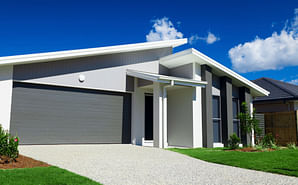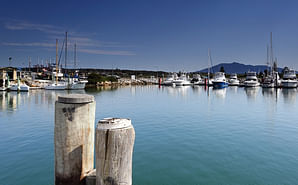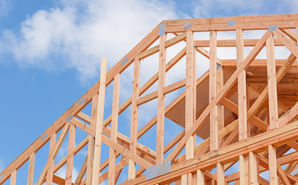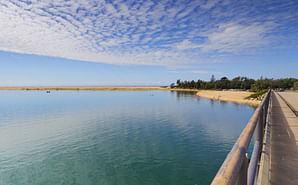Sewage collection
Sewage is water-borne waste, in solution or suspension, generated by a community and is also known as wastewater. It is produced by people in residential, commercial, institutional, municipal and industrial premises.
What is sewage?
Sewage is water-borne waste, in solution or suspension, generated by a community. Also known as wastewater, sewage is more than 99% water and is characterized by its physical condition and chemical constituents and the bacteriological organisms that it contains. It is produced by people in residential, commercial, institutional, municipal and industrial premises. In residential premises, water flowing from washing machines, showers, baths, sinks, toilets and internal floor drains forms sewage.
The composition of sewage varies, although the main constituents are:
- Water
-
Organic material:
- macro-solids, such as faeces, food scraps and hair
- small complex colloidal and particulate solids including proteins (amino acid chains), carbohydrates (starches, cellulose, lignin, etc.) and fats/oils
- dissolved compounds such as amino acids, sugars and urea
-
Inorganic material:
- macro-solids such as sanitary napkins, nappies, condoms and cotton buds
- smaller colloidal and particulate solids, such as clay, sand and grit
- dissolved nitrogenous compounds, such as ammonium (NH4+, synthesized from organic urea)
- other dissolved compounds and ions
- Microorganisms – bacteria, viruses, fungi, protozoa
- Gases, such as hydrogen sulfide, methane, carbon dioxide and nitrous oxide.
Other constituents that may be present in smaller concentrations include:
- Emulsions, such as paints, adhesives, hair colorants and emulsified oils
- Toxins, such as pesticides and herbicides
- Pharmaceuticals and personal care products.
What is sewerage?
Sewerage is the infrastructure that collects and conveys sewage. It is the underground pipes (sewer mains), manholes, collection wells and pumps and above ground switchgear, controls and telemetry used to convey and transport sewage to a sewage treatment plant.
There are two types of sewerage system used in the Bega Valley Shire:
- Conventional gravity and pump sewerage systems
- Low pressure sewerage systems
Conventional gravity and pump sewerage systems
Conventional gravity and pump sewerage systems are located in Eden, South Pambula, Pambula, Pambula Beach, Merimbula, Tura Beach, Tathra, Bega and Bermagui. In these systems sewage flows from buildings in a property drainage pipeline to a connection with a nearby sewer main. The sewage flows downhill under gravity in the sewer main to an underground collection well at a pump station. The well fills with sewage and trips a float switch to start a pump to pump the sewage to a higher elevation at either the next section of gravity sewer main (closer to the sewage treatment plant (STP)) or directly to the STP for treatment.
Manholes are located at each change of direction, or approximately every 60 metres, along gravity mains, to provide access for inspections and maintenance. Pumped sections of main are called “rising mains” and gravity sections called “gravity mains”.
Council owns the sewage drainage pipeline beyond the property boundary and the sewerage system it connects to. All drainage pipelines within a property boundary are the responsibility of the property owner.
Low pressure sewerage systems
Low pressure sewerage systems are located in the villages and localities of Wolumla, Candelo, Kalaru, Cobargo, Fairhaven, Beauty Point and Wallaga Lake Heights. In these systems sewage flows from buildings by gravity in a property drainage pipeline to an underground collection tank, known as a “pod”, located on the property. Inside the pod is a grinder pump that grinds the sewage into a fine slurry and pumps at a maximum rate of 0.7 L/s to a low pressure sewer pipe located outside the property boundary. A network of low pressure pipes, connected to all pods in the area, transports the sewage towards the STP using the combined operating pump pressure of all the pod pumps. All piping downstream of the grinder pumps is under pressure (45m or 450kPa or less).
Inside each pod is a high level sensor that triggers an alarm if the sewage rises above this level. From ground level to the alarm level there is approximately 24 hours of additional emergency storage in the pod. This means that even after the alarm sounds, the system can continue to be used for around 24 hours. Household pods have a 660 litre capacity and are made of fibreglass.
Council owns the pump control panel (PCP), pod, grinder pump, discharge pipework from the pod and boundary kit. Any faults with these components are the responsibility of Council to repair. Council also owns all low pressure sewerage infrastructure beyond the property boundary. The property owner owns all property drainage pipework to the pod and is responsible for maintaining power to the PCP and for all power costs.






